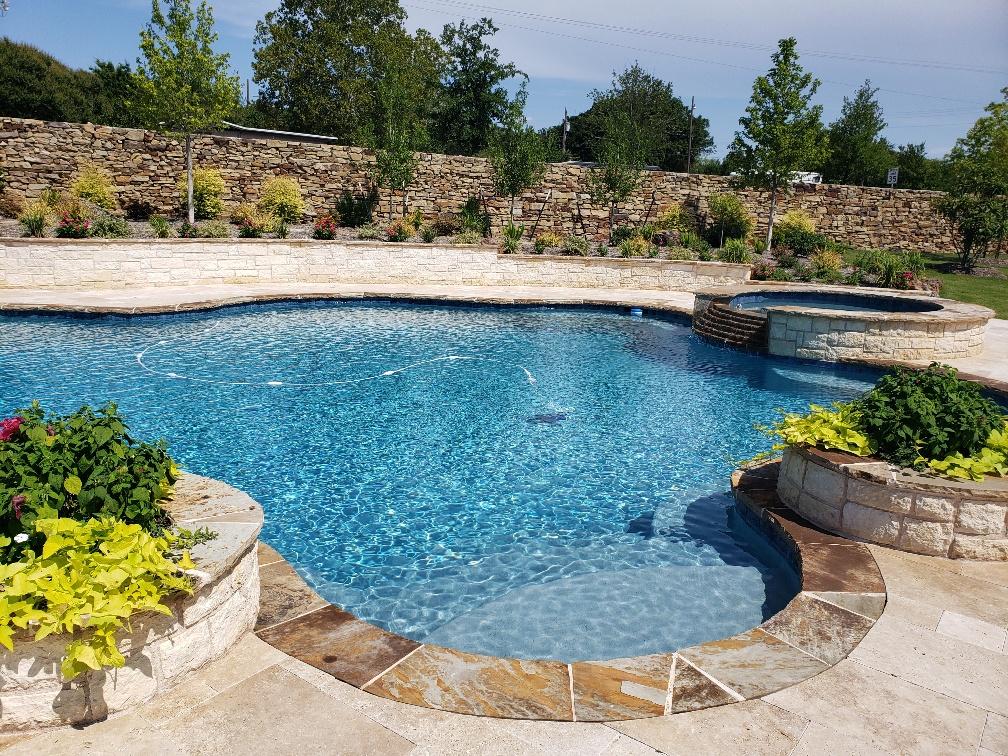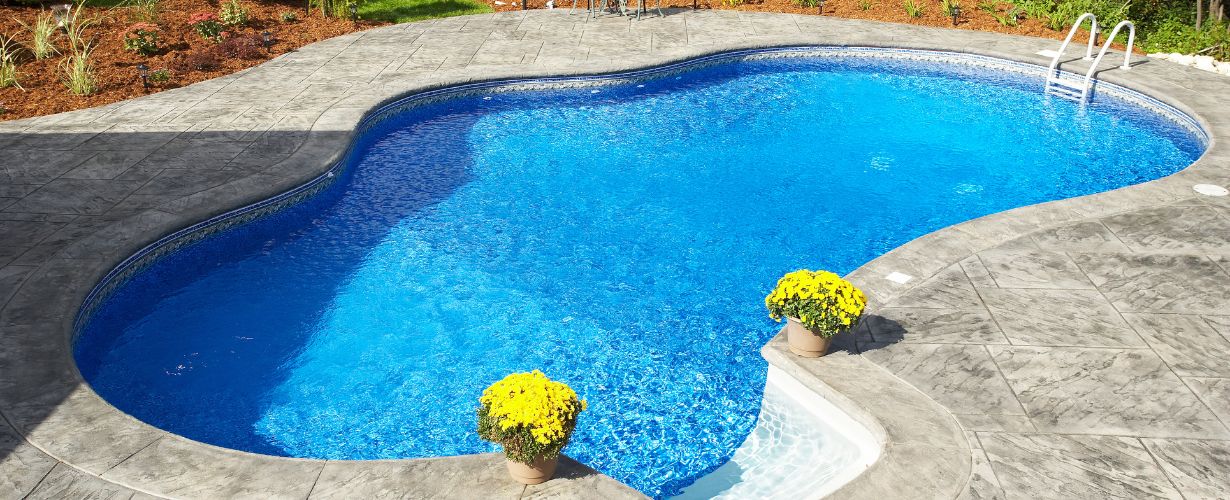You may be wondering how pool resurfacing can help increase your property value. Well, there isn’t just one way it works. Let’s discover more about it.
Backyard pools are not just a source of entertainment and fun, but are considered a must-have in locations with hot weather. Pool resurfacing is a worthy investment because it helps your space stand out in the competitive real estate market.
Having a fully functional pool with modern features can help you sell your property for a higher profit. Swimming pool resurfacing helps in improving the aesthetic of your outdoor living space while ensuring safety and maintenance.
Keep reading this blog to know how resurfacing can turn your pool into a key asset for lucrative property deals.


Pool resurfacing offers an attractive extension to any outdoor space. Appealing fixtures like LED lights, stylish tiles, and functional water fountains attract buyers’ attention. A clean curb appeal creates an inviting environment that can be perfect for families with kids and hosting friends.
This first impression can affect the buyers’ decision, especially in locations with high heat and sunlight. Buyers are more interested in a property with a modern pool as it is practical and aesthetically appealing.
Resurfacing your pool allows you to add functional aspects like a spa area, a shallow section for kids, and the latest filters. A comfortable pool area can instantly set you apart from other properties in your area. Moreover, an outdated pool with last decade’s technology is not appealing to buyers.
People want to buy a property with a private pool that requires minimal upkeep. This leads to low operating costs, which is an attractive feature for residential properties.
Locations that witness high heat throughout the year have more energy-efficient buyers. This is why resurfacing your pool with relevant modifications can grab buyer attention. You can use solar cooling systems and energy-efficient pumps.
Most importantly, these adjustments can reduce utility bills while ensuring environmental awareness. It can be a worthy investment because many eco-conscious buyers are ready to pay a premium for lower ongoing costs.

Another important decision for a pool resurfacing project is to decide on the material and finish. This must be according to weather conditions, frequency of use, budget, and desired aesthetic. Moreover, selecting the right material can prolong the lifespan of the pool as it is more suited to your living environment.
The following are some common materials and finishes to choose from:
Before you decide to find a contractor to resurface your pool, make sure to check your local regulations and permits. Some local pool laws have specified guidelines for pool size, fencing, and design. Plus, it’s truly a chief requirement to follow Florida’s local regulations for pool inspections and permits.
For example, the residential swimming pool safety regulations state that a construction permit is needed before resurfacing. Additionally, you must ensure safety barriers, swimming pool alarms, and exit alarms.

Consider the weather conditions and location before you consider resurfacing. This is because if your area is prone to rain or humidity, it may disrupt the resurfacing process. A swimming pool requires time to progress to the next stage of resurfacing to avoid damage and mould growth.
If you live in an area with extreme UV exposure, you may need to select pool material to withstand such conditions. This can ensure that your resurfaced pool does not fade after a few months of use.
You can hire a local contractor by searching for “pool resurfacing near me”. Selecting a contractor requires various considerations to avoid any risks associated with resurfacing. The following are some conditions that a pool contractor must meet:

Even though you get the most classic pool resurfacing, its aftercare is equally important. If you don’t take proper precautions, it can affect your investments. To avoid this, you must follow these tips for maximum ROI after swimming pool resurfacing: